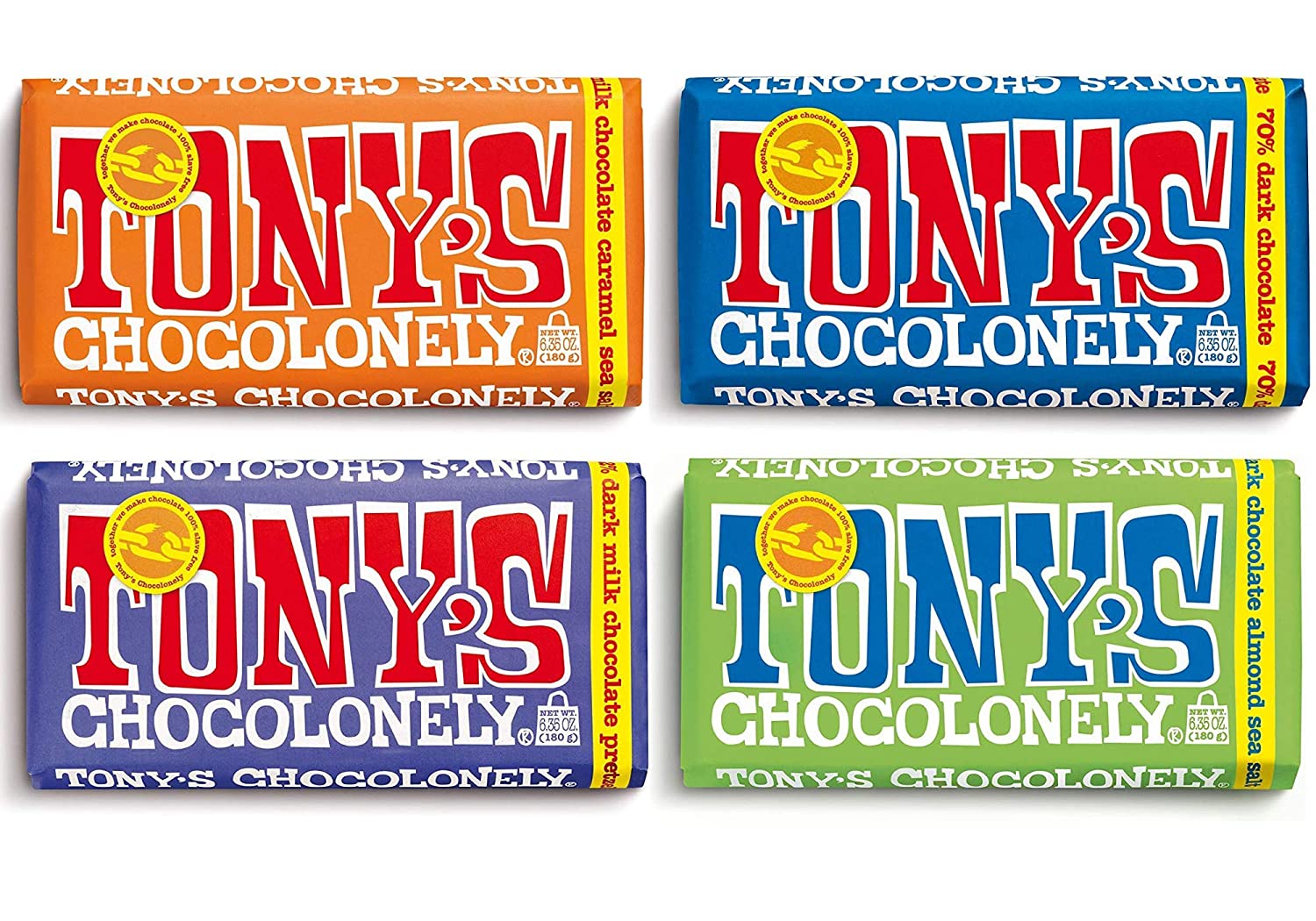


However, it is possible to capture evaporated terpenes by condensation, and reintroduce them back into the final oil. Because they are highly volatile, elevated temperatures (such as those applied during drying of plant materials, or during the evaporation of solvents) may result in a significant loss of terpene components. Terpenes may or may not be present in these products, depending on the preparation method used. The THC-rich type of cannabis oil has already been known for some years, and is generally known under the name “Simpson oil”. The most popular product currently is CBD oil, but for example cannabigerol (CBG)-rich oil has been spotted as well, and others will very likely follow soon. This treatment can significantly improve the taste and color of the final product.Ĭannabis oils may contain various concentrations of CBD, tetrahydrocannabinol (THC), and minor cannabinoids, mainly depending on the cannabis variety used for extraction. Because many other plant components are co-extracted with the desired cannabinoids present in the herbal material, these are sometimes removed by a treatment known as “winterization.” By placing the extract in a freezer (–20 to –80☌) for 24–48 h, components with a higher melting point such as waxes and triglycerides, as well as chlorophyll will precipitate, so they can be removed by filtration or centrifugation. The exact conditions and solvents applied have a great impact on, for example, the taste, color, and viscosity of the final product. Solvents used can vary from relatively innocuous organic solvents (ethanol, isopropyl alcohol) to more harmful ones (petroleum-ether, naphtha), or even supercritical fluids (butane, CO 2). Karger AG, BaselĬannabidiol (CBD) oil is essentially a concentrated solvent extract made from cannabis flowers or leaves that is dissolved in an edible oil such as sunflower, hemp, or olive oil. The intention of this paper is to create a better understanding of the benefits versus the risks of the current way CBD products are produced, used, and advertised. This overview paper looks into the known risks and issues related to the composition of CBD products, and makes recommendations for better regulatory control based on accurate labeling and more scientifically supported health claims. The central question is whether CBD is simply a food supplement, an investigational new medicine, or even a narcotic. Despite the growing availability of CBD, many uncertainties remain about the legality, quality, and safety of this new “miracle cure.” As a result, CBD is under scrutiny on many levels, ranging from national health organizations and agricultural lobbyists to the WHO and FDA. Those involved vary from individuals who prepare oils on a small scale for family and (Facebook) friends to compounding pharmacies, pharmaceutical companies, and licensed cannabis producers. There are currently dozens, if not hundreds, of producers and sellers of CBD oils active in the market, and their number is increasing rapidly.


The cannabinoid CBD, a non-psychoactive isomer of the more infamous tetrahydrocannabinol (THC), is available in a growing number of administration modes, but the most commonly known is CBD oil. After initially being discovered as an effective self-medication for Dravet syndrome in children, CBD is now sold and used to treat a wide range of medical conditions and lifestyle diseases. In just a few years, cannabidiol (CBD) has become immensely popular around the world.


 0 kommentar(er)
0 kommentar(er)
